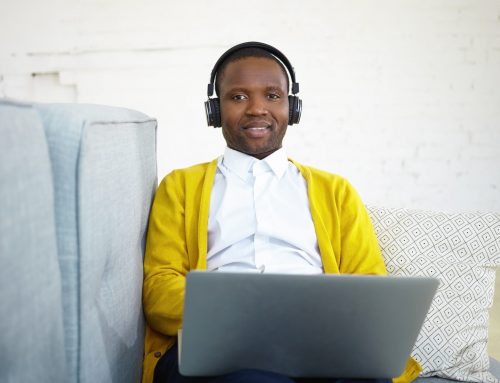
The pandemic has not only boosted virtual education but has also revealed the technological gap that many countries have.
When we speak of the technological gap at the educational level, we mean that not all people have a computer, access to Internet, or a mobile device that allows them to access education.
This is where the technological and digital divide is established. Where students with disadvantaged social environments do not have the same possibilities as others to access education.
Talking about global figures, according to the World Economic Forum, only 60% of the world’s population has access to Internet.
On the other hand, a report by the IDB (Inter-American Development Bank) states that 25 of the 26 countries that are part of the IDB have their educational systems closed because of the pandemic, which is 95% of the students in the entire Latin American region. This means that less than 30% of the most vulnerable families have access to a computer.
In an interview with Elena Arias, an education specialist at the IDB, the RFI news network portrayed the impact of how the pandemic has revealed the reality of the technology gap in Latin America. Arias said: “The technology gap punishes twice over students from poor households, who already had to overcome obstacles to access education … and who, in circumstances of isolation, have fewer tools to stay and perform well.
The reality is that this gap continues to expand. If the costs for technological access and Internet access do not decrease, there will be no substantial improvement and the quality of education will remain at risk.
Free access to education is a human right, therefore, it is necessary to take action in the face of this difficult reality that our world is currently experiencing.
Coronavirus has not only revealed the fragility of our economic systems, but has also revealed the fragility of our education, leading us to reflect and act on new measures that guarantee education and the socioeconomic well-being of our countries.
In our school, we believe that the best way to overcome poverty and face crises is through education, since it is where the future of our humanity may lie.
References:
3 ways the coronavirus pandemic could reshape education. (2020). World Economic Forum. Retrieved 2 July 2020, from https://www.weforum.org/agenda/2020/03/3-ways-coronavirus-is-reshaping-education-and-what-changes-might-be-here-to-stay/
Bonsignore, C. (2020). Coronavirus y educación: La brecha digital que la pandemia desnudó | El impacto de la virtualización de los estudios en la comunidad universitaria. PAGE 12. Retrieved 2 July 2020, from https://www.pagina12.com.ar/267626-coronavirus-y-educacion-la-brecha-digital-que-la-pandemia-de
Noticias de América – Pandemia, educación y brecha digital en América Latina. (2020). RFI. Retrieved 2 July 2020, from http://www.rfi.fr/es/am%C3%A9ricas/20200424-pandemia-educaci%C3%B3n-y-brecha-digital-en-am%C3%A9rica-latina
Villafuerte, P. (2020). Educación en tiempos de pandemia — Observatorio de Innovación Educativa. Observatorio de Innovación Educativa. Recovered 2 July 2020, from https://observatorio.tec.mx/edu-news/educacion-en-tiempos-de-pandemia-covid19








